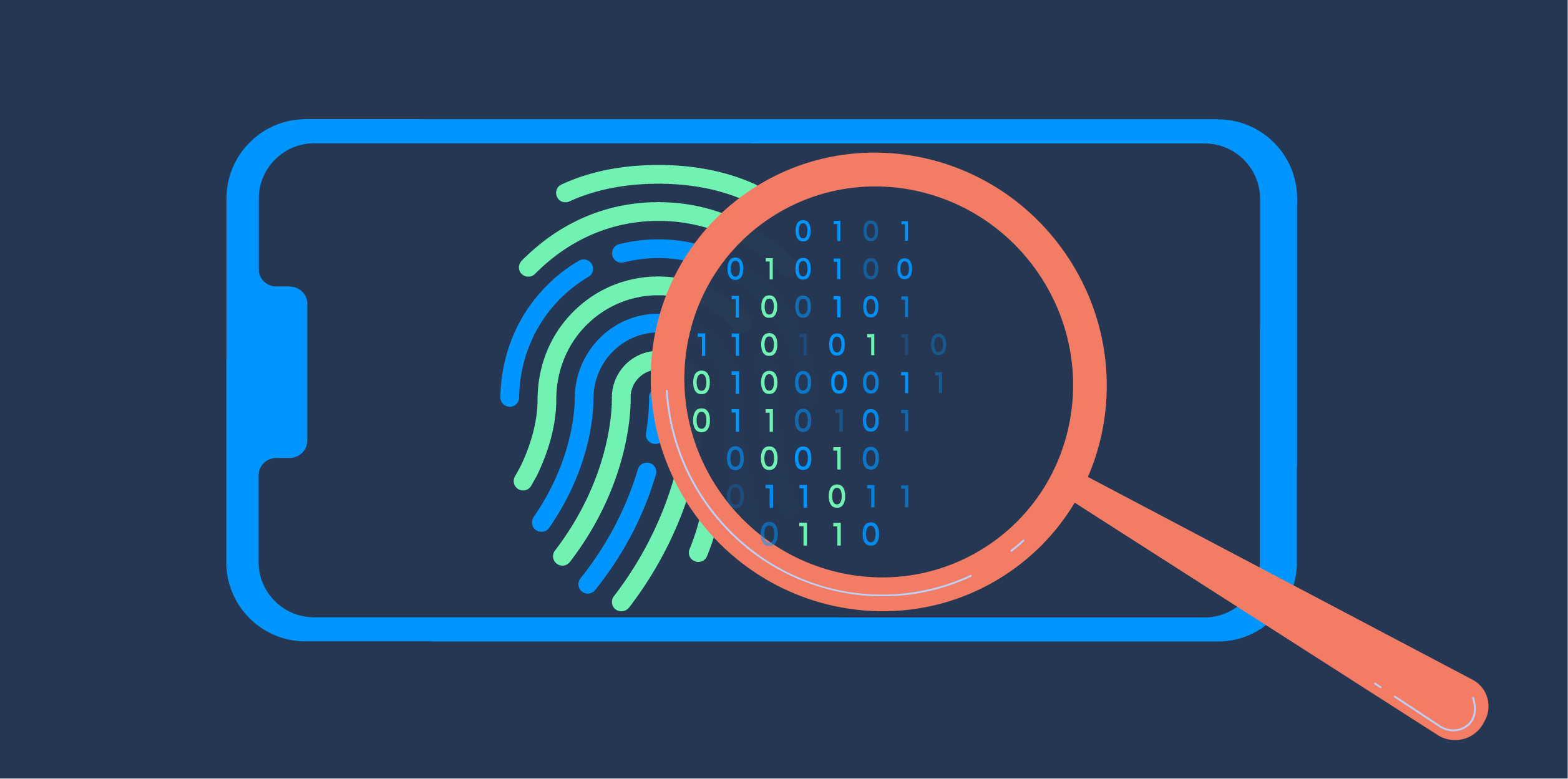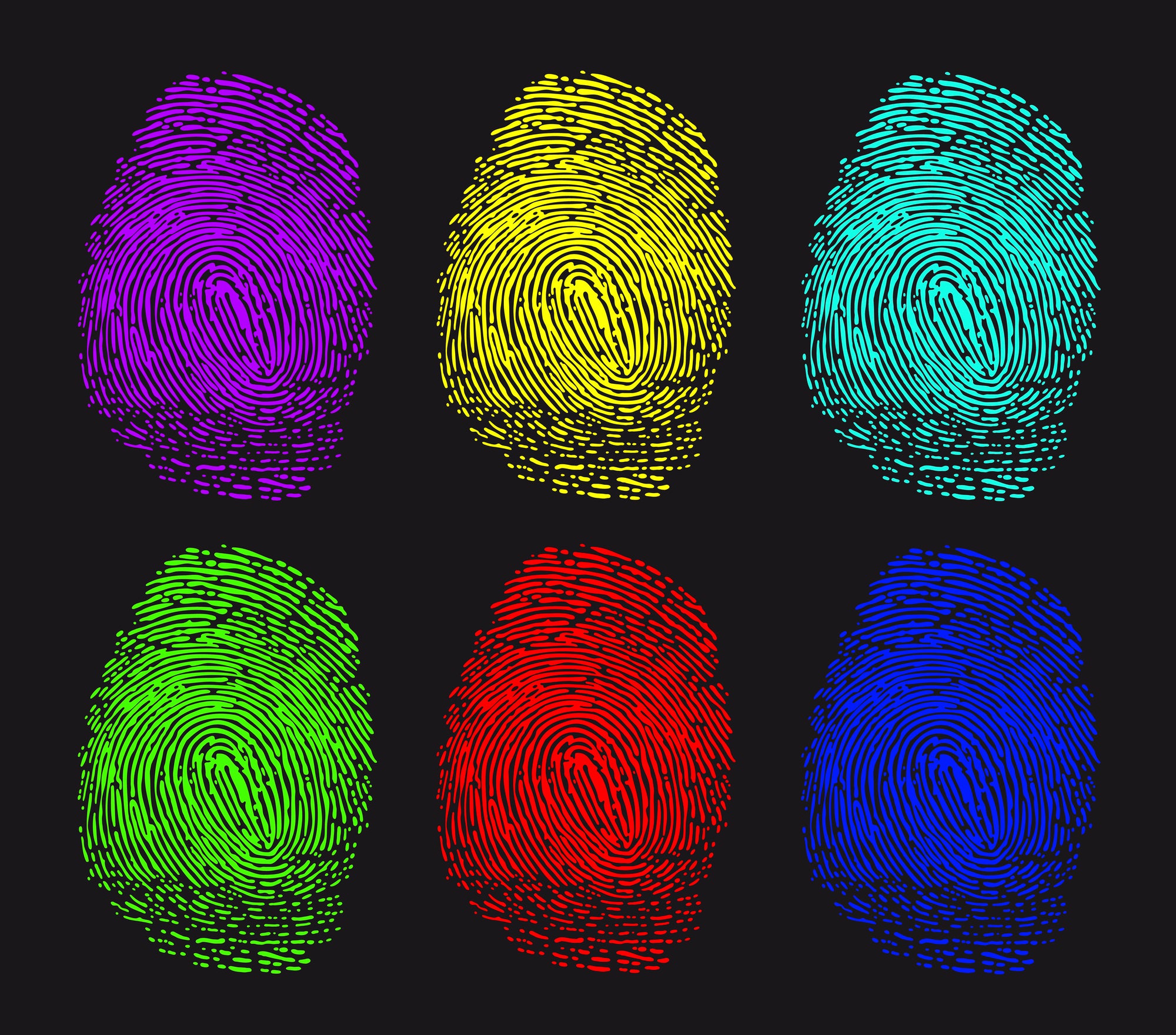You’ve probably heard a lot about cookies, which are stored on your device to help the websites you visit to identify you easily. If this is now what you want, you can simply delete all cookies and refuse to accept them in the future. This is not the case with device fingerprinting, using which anti-fraud software can identify a user and track their activity.
Online device fingerprinting is a very controversial issue, some say that it is wrong to track users, while others appeal to the fact that it is possible to recognize a fraudster. In our article, let’s examine what digital fingerprints are, and can they be considered risk management software tools, or is it still confidential information?

Definition of the device fingerprinting
Digital fingerprinting refers to the collection of information about a user’s device – such as brand name, model, operating system, browser, and even installed software – using tracking services and anti-fraud tools on websites. This information is needed to recognize the unique fingerprint of the device online.
If you think these are the same cookies once again, you’re wrong. Many countries (in Europe, the USA, Canada, and China) have laws that require sites to warn you about the use of cookies and to ask for your permission. But this does not apply to digital device fingerprints at all, so these risk management software tools are becoming more popular.
- What are the disadvantages of device fingerprinting?
Each person who uses a device connected to the Internet has its own set of installed hardware and software. A digital device fingerprinting can recognize a user with an accuracy of up to 95% based on a set of unique data. This makes it possible for outsiders who have identified an online fingerprint to track you without your permission and collect all the important information about your recent activity.
Once this data is collected and combined with information about your browsing and internet usage, your online activity, interests, and even life circumstances can be linked to a specific device and then to its owner. Device fingerprinting can be used both for your benefit (for example, as risk management software tools) and your detriment. However, don’t be afraid, as doing so is far too costly to be profitable.

- Device fingerprinting is one of the best enterprise risk management tools
There are advantages to using such an online fingerprint. There are many companies (such as Covery, for example) that can use online fingerprints to track down fraudsters and prevent them from destabilizing online store operations and stealing user information. Covery helps businesses stay clear of fraud by tracking device data and using the fingerprint as one of the transaction monitoring tools.


